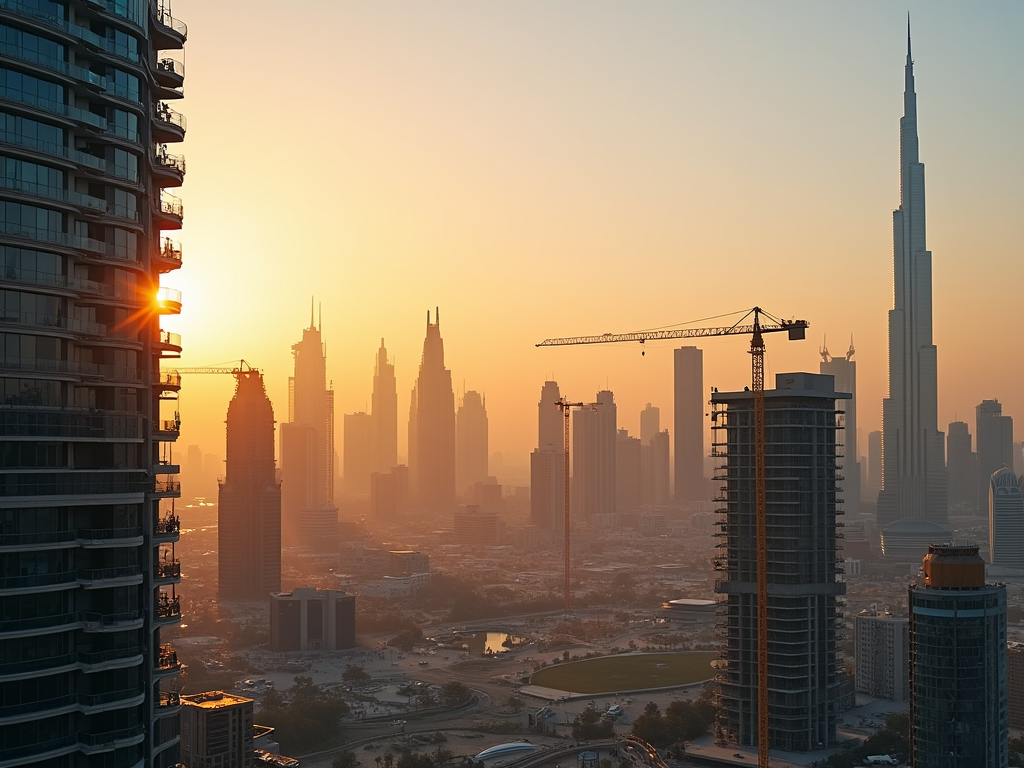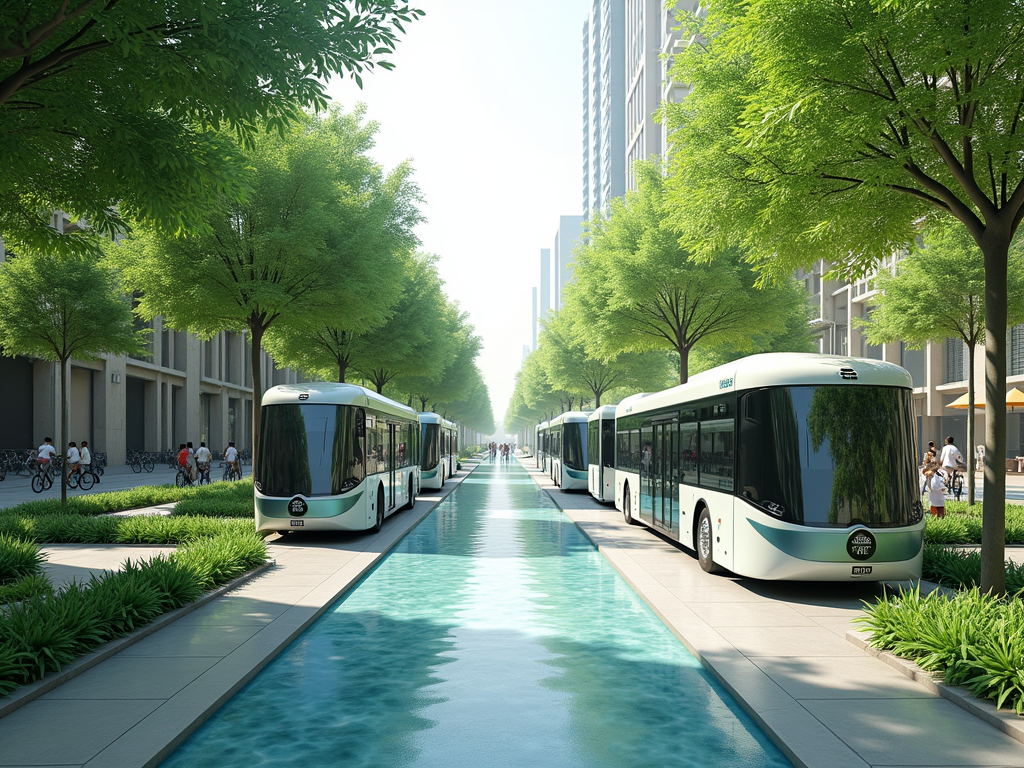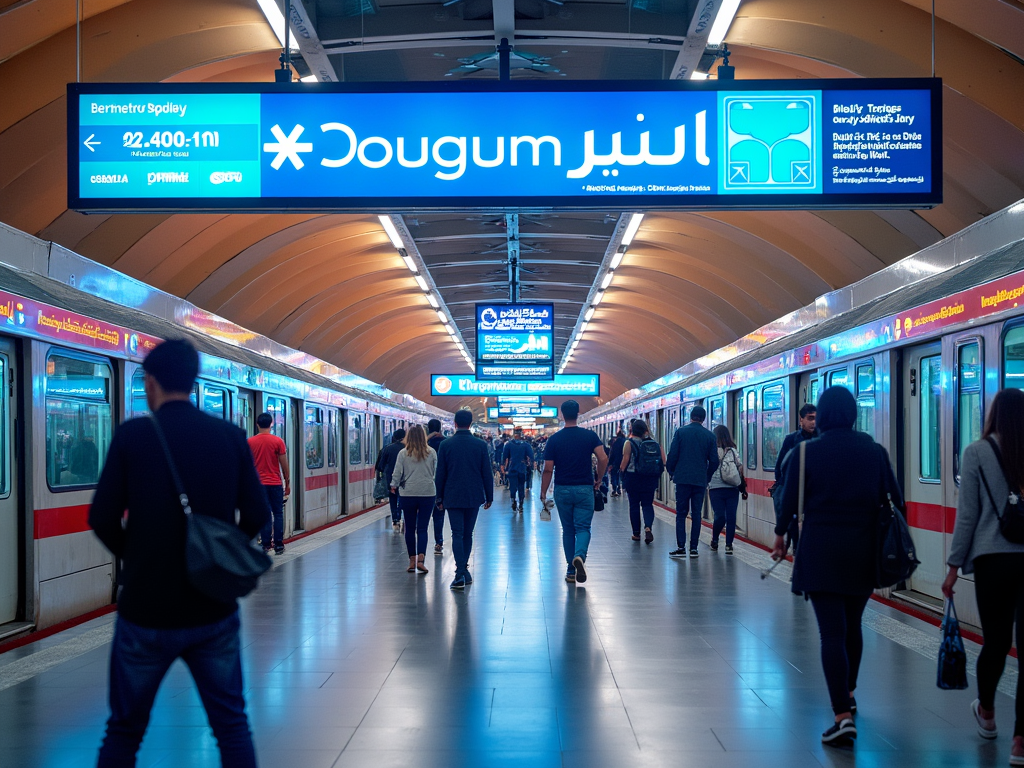The future of investment in Dubai’s transport and infrastructure projects holds immense potential as the city continues to evolve into a global hub for commerce and tourism. With strategic investments in innovative technologies, sustainability, and extensive urban planning, Dubai is setting the stage for its next phase of growth. As the government pushes for diversification beyond oil revenues, these initiatives are expected to attract both domestic and international investors while enhancing the overall quality of life for residents. This article explores the future landscape of transport and infrastructure investment in Dubai, highlighting key areas poised for development and investment opportunities that await.
Current Landscape of Transport and Infrastructure in Dubai

Dubai has made remarkable progress in developing its transport and infrastructure systems over the past few decades. The city boasts a robust public transportation network, including the Dubai Metro, trams, buses, and water taxis, which have significantly improved connectivity. Moreover, with the recent advancements in smart city initiatives, Dubai is heavily investing in digitizing its infrastructure to ensure that it meets international standards and addresses the needs of a growing population. A few notable elements of the current landscape include:
- Integration of Smart Technology: Systems are becoming more automated, offering real-time data and enhanced user experiences.
- Sustainable Urban Development: Projects focus on eco-friendly construction, waste management, and energy-efficient public transport options.
- Expansion of Public Transport: The expansion of the metro and tram systems aims to cover more areas and reduce traffic congestion.
- Investment in Roads and Highways: Major upgrades and expansions are taking place to accommodate rising demands and enhance safety.
Key Areas of Investment

As Dubai looks to the future, specific areas are garnering more attention for potential investment opportunities. These include:
- Multi-Modal Transport Systems: Integrating various transport modes—bussing, taxi, tram, Metro—to streamline mobility.
- Green Infrastructure: Development of parks, renewable energy facilities, and eco-sensitive designs in logistics.
- Smart Mobility Solutions: Implementing autonomous vehicles and ride-sharing platforms for seamless transport.
- Logistics and Shipping Hubs: Expanding the existing port and logistics facilities to accommodate increased trade.
- Air Transport Expansion: Enhancing Dubai International Airport capacity and infrastructure to support 20 million additional passengers.
Investment in transport and infrastructure is pivotal to Dubai’s economic growth, impacting various sectors ranging from tourism to logistics. When infrastructure projects are upgraded or newly established, they create jobs and stimulate local economies. Furthermore, enhanced transport facilities improve accessibility and attract international businesses looking to establish their base in Dubai. The economic impacts can be summarized as:
- Job Creation: With every large-scale project, a multitude of jobs—from construction to operation—are created.
- Increased Tourist Influx: Improved infrastructure leads to an uptick in tourism, impacting hospitality and retail sectors.
- Business Opportunities: Enhanced transport systems make Dubai a more appealing location for multinational companies.
- Transaction and Trade Facilitation: Efficient logistics and transport networks drive trade growth across regions.
Sustainability as a Core Focus
Sustainability increasingly occupies the forefront of Dubai’s transport and infrastructure planning. As global awareness of climate change rises, Dubai has committed to integrating eco-friendly practices into its future projects. This includes the use of renewable energy sources, green construction materials, and smart urban planning strategies. Important aspects of sustainability focus include:
- Use of Renewable Energy: Integrating solar energy in transport systems and public buildings.
- Green Building Practices: Promoting LEED certification standards for new construction projects.
- Carbon Emission Reduction: Reducing emissions through electric public transport options like electric buses.
- Water Management: Implementing recycling systems and rainwater harvesting in developments.
Conclusion
The future of investment in Dubai’s transport and infrastructure projects is a promising landscape marked by innovation, sustainability, and economic growth. As the city embraces smart technology and green initiatives, it stands to transform the transportation sector while addressing the diverse needs of its growing population. Coupled with visionary planning and government support, Dubai is charting a course that not only attracts investors but also elevates the quality of life for its residents. The continued focus on collaboration with stakeholders will ensure that these projects thrive and meet the evolving demands of the region.
Frequently Asked Questions
1. What are the main transportation projects currently being developed in Dubai?
Key transportation projects include the expansion of the Dubai Metro, integration of tram systems, and enhancements to Dubai International Airport to increase capacity.
2. How is sustainability being integrated into Dubai’s infrastructure projects?
Sustainability is integrated through the use of renewable energy sources, eco-friendly materials, and implementing green building practices such as LEED certification.
3. What economic impacts can be expected from increased investment in infrastructure?
Increased investment is expected to lead to job creation, higher tourism rates, enhanced business opportunities, and better overall trade facilitation.
4. How can international investors participate in Dubai’s transport projects?
International investors can participate through public-private partnerships, joint ventures with local firms, or by bidding on government contracts for infrastructure development.
5. What role does technology play in Dubai’s future transport systems?
Technology will play a crucial role in making systems more automated, providing real-time updates, enhancing safety, and enabling sustainable transport options like autonomous vehicles.
